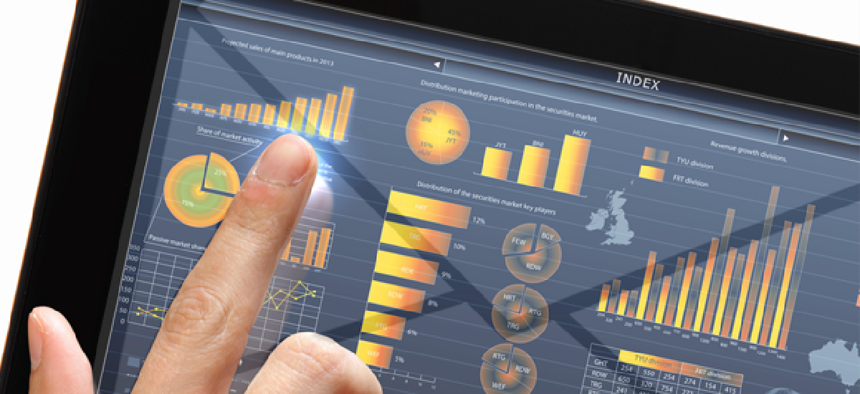Postal Service IG wants more analytics muscle

U.S. Postal Services is looking for advanced analytics technology to help it detect fraud and conduct sensitive audits.
The U.S. Postal Service’s Office of Inspector General is looking for marketplace information to support its plans to acquire advanced analytics technology to help it detect fraud and conduct sensitive audits … in all aspects of USPS operations.
In a recent request for information, the OIG said potential suppliers should be able to offer a variety of data sources and tools for extracting structured and unstructured data from multiple sources as well as delivering “complex data analysis and algorithms that can be leveraged by end users into actionable intelligence.”
“With the ongoing challenges the Postal Service faces,” the RFI stated, “modernizing the OIG’s capabilities to use innovative tools, technologies and methodologies to collect and analyze large volumes of complex information will help ensure that our work is of greatest value to the Postal Service.”
Under the leadership of the Inspector General, the OIG’s Countermeasures and Performance Evaluations (CAPE) team uses data mining and predictive analytics to facilitate improved focus on high-risk audit and investigative threats.
Over the last four years the OIG has deployed several risk assessment tools that actively identified vulnerabilities in several audit and investigative areas. Now its goal is simply, “to continue to develop increasingly complex data mining models that transform data and information into shared knowledge,” according to the notice.
The OIG said it is looking for three major components for the system, including an analytics application featuring data discovery and visualization, a comprehensive data catalog as well as data architectures and data management support services.
Other requirements include:
- A high level of proficiency in applying data discovery or exploratory analytics to find meaningful and relevant information across datasets, and displaying the results visually.
- The ability to create dynamic interactive ad-hoc reporting delivering real-time, in-depth data analysis to end users.
- Solutions that support data filtering, pivoting, and drill-down, adding calculations sorting, dashboards, scorecards and other analytical functionalities.
- The ability to leverage and maximize geospatial and other visualization strategies to deliver visual depictions of large and complex data sets
The solution should also accommodate mobile applications and provide visualization of datasets for mobile environments.





